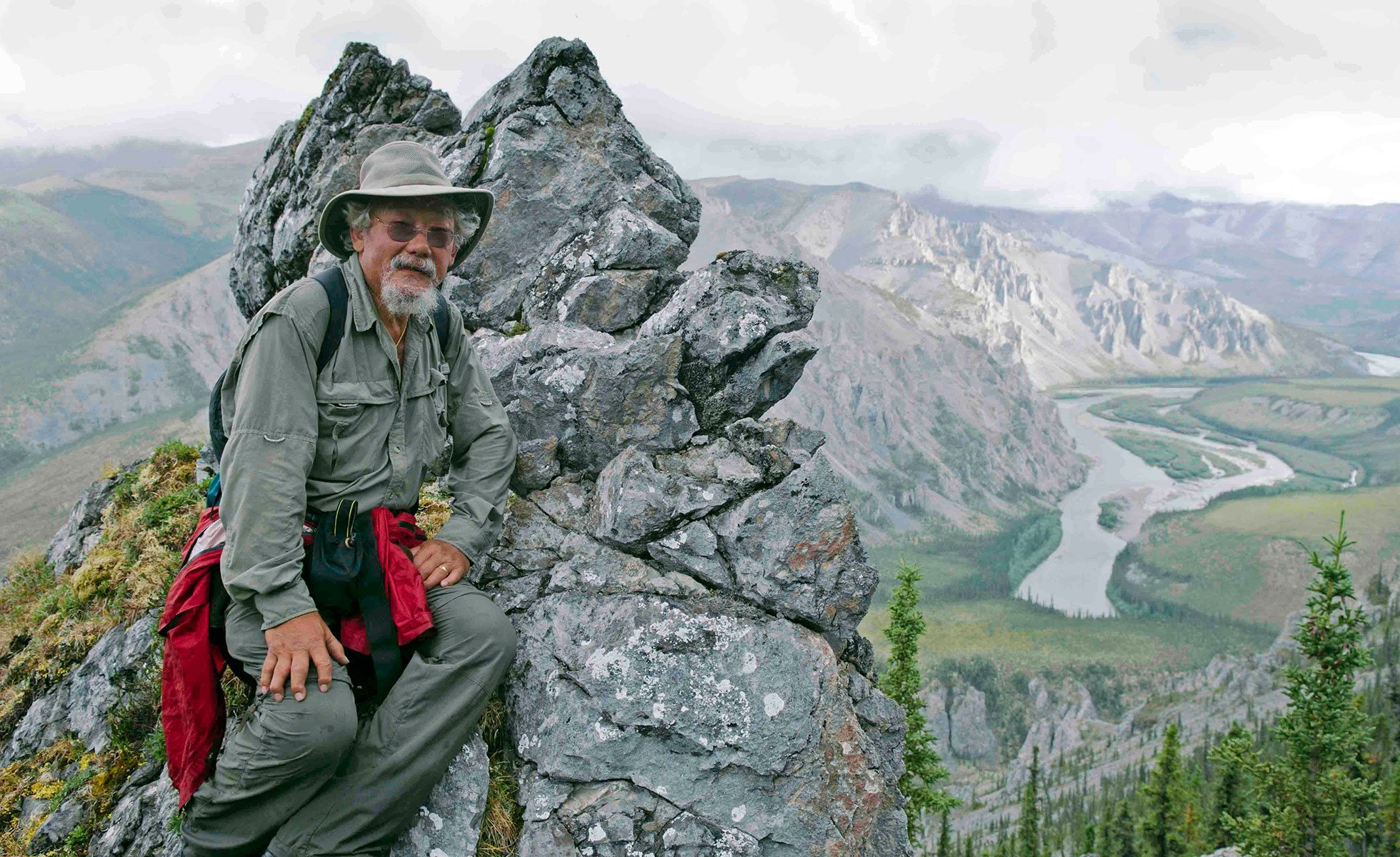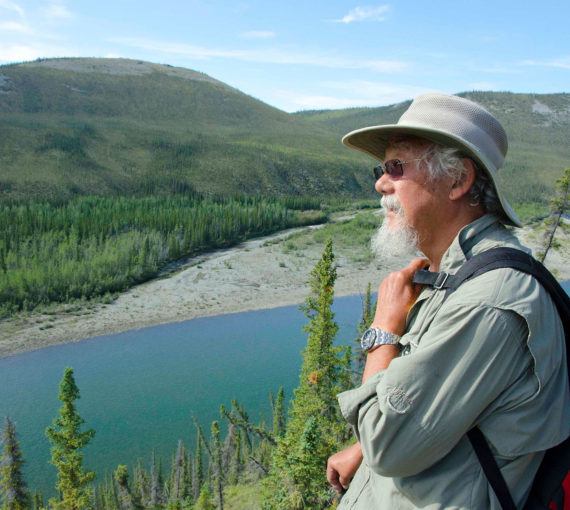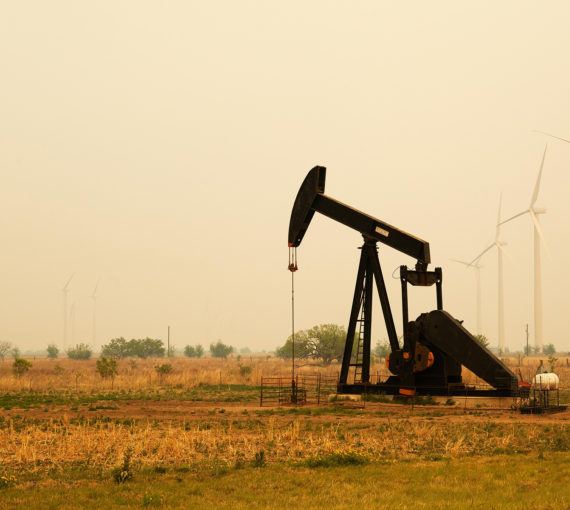Most Canadians have never been to the North, much less the remote Peel watershed, but many are enchanted by it, nourished even by the idea that we still have vast, unspoiled natural areas where wildlife and biodiversity continue to evade the touch of humankind. Places like the Peel are becoming increasingly rare as humans — the most demanding species ever to live — continue to erode the intact wilderness on which we depend for clean air, water and food.
Around the time of our trip, a six-year land-use planning process for the watershed was reaching its conclusion. In light of an independent commission’s recommendation to protect 80 per cent, it looked as if the government was going to keep most of the region free of roads and industry. I could not have imagined that more than five years later, the Peel’s fate would be hung up in the courts. The previous Yukon government tossed aside the commission’s proposal and brought in its own plan to open up at least 71 per cent of the region to roads, mining and drilling. It was a plan to industrialize the Peel, a plan that valued the wilderness only for the extractive resources that lie beneath it. The decision left the courts as the only option for Indigenous people and environmental organizations working to protect the Peel.
The First Nations of Na Cho Nyäk Dun, Tr’ondëk Hwëch’in, Vuntut Gwitchin and Tetlit Gwich’in, as well as the Canadian Parks and Wilderness Society and the Yukon Conservation Society, have been fighting the government’s decision ever since.
If you travel to the Yukon, you will see many vehicles sporting Protect the Peel bumper stickers, a symbol of this small population’s determination to stand up against the government’s abuse of power, defend the Yukon’s modern-day treaties and protect the wilderness that is an enduring part of the northern identity.
On March 22, the Supreme Court of Canada will hear the Peel case. A positive ruling could not only protect the Peel, but also the rights of First Nations in future land-use planning. Because of this, the case is going forward despite the recent election of a Yukon government that seems on the surface to be friendlier to protection.
As we continue to alter the physical, chemical and biological properties of the planet by burning fossil fuels, intact nature is one of the only things that can save us. Pristine wilderness is a hedge against our collective ignorance. The diversity of our planet’s ecosystems makes animals, including humans, resilient in the face of disruption. If protected, the Peel watershed would form the northern part of a proposed wildlife corridor that stretches all the way south to Yellowstone National Park in the U.S. It would be a refuge for wide-roaming species like caribou, moose, wolves and grizzlies to adjust their habitat needs as the planet warms.
The Peel case is anchored by the relationship between First Nations and the land. For instance, the Porcupine caribou herd has been the lifeblood of Gwich’in people throughout the Yukon, Northwest Territories and Alaska for tens of thousands of years, providing sustenance and defining their identity. The herd spends its winters in the Peel before making the longest land mammal migration on Earth to its calving grounds in Alaska, a region now threatened by the Trump administration’s “drill everywhere” energy stance. As with so many of these battles throughout the world, Indigenous people are holding the line against destructive resource development. Sadly, our colonial governments are not yet willing to listen.
Fittingly, the Supreme Court hearing takes place on World Water Day. Yukoners have been working for 30 years to protect the clean, life-giving waters of the Peel watershed. A victory at the Supreme Court would be a victory for water, wilderness and our future.




